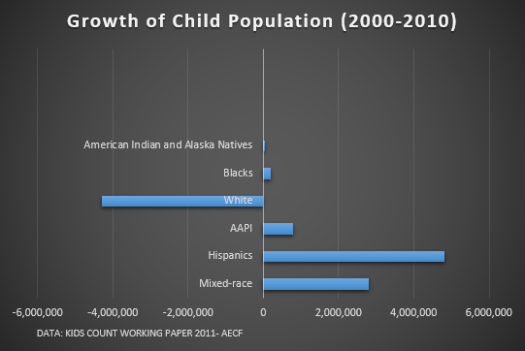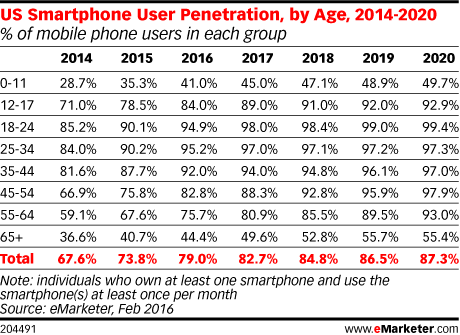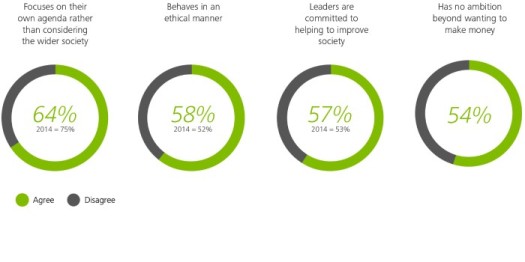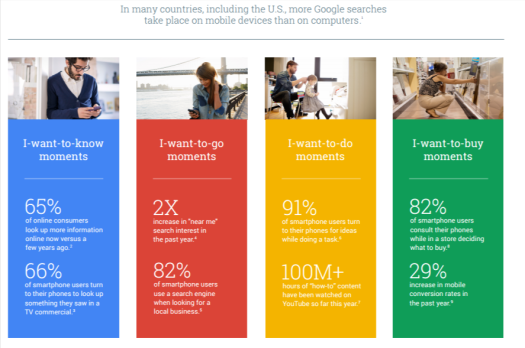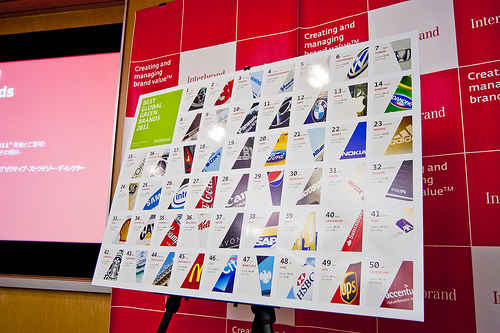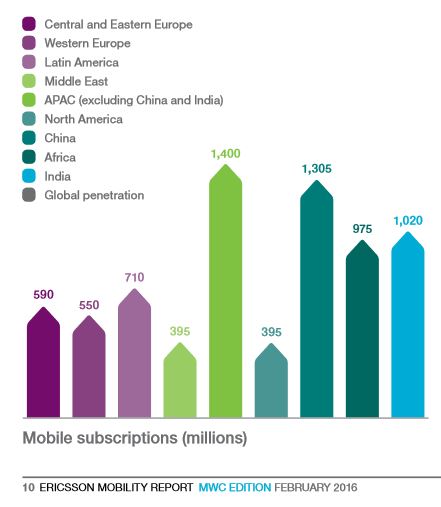
Photo credit
It’s hard to imagine these days life without a cellphone. We become so addictive with our phones. Some 90% of 18-29 y.o. sleep with their phones and personally know a number people who sleep with their phones (me included).
Often times when we clicked on something to check an article or info on the site site and surprised that the website is not mobile-friendly at all. So we decided to not read the article of interest. That’s a missed opportunity! Don’t have the stats, however, they are out there.
This research done by KPCB find that we spent on average 5.6 hours surfing the Internet! About half of the time is we view it on our mobile device.
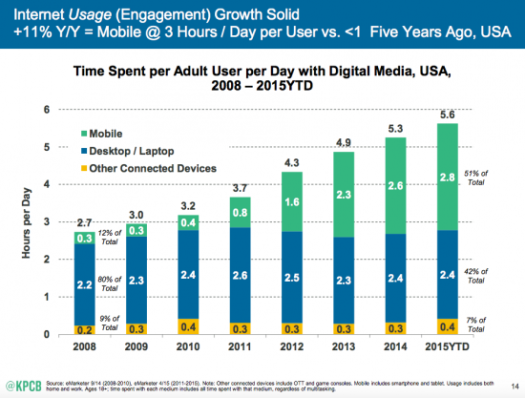
Let’s face it. Mobile technology change the way people search, buy things, get information, listen to music, watch video, read email, and other activities that we normally do with our smartphones. That means, if business want to reach people, they should reach them on their mobile.
With cheap, no-cost social platforms like Twitter, Facebook, LinkedIn available at your fingertips, every one can be a superstar and every business can rock some boats. Ask Michele Phan, then just a regular person who got turned down for a job at department store beauty counter. Her rise to fame came by way of YouTube and now works with big brands like Dr. Pepper and L’Oreal.
6 Mobile Trends That Can Rock Your Business
#1. Mobile is a Global Market
The number of smartphone users globally will surpass 2 billion in 2016, according to eMarketer forecast.
Inexpensive smartphones are opening new opportunities for marketing and commerce in emerging markets where many consumers previously had no access to the internet.
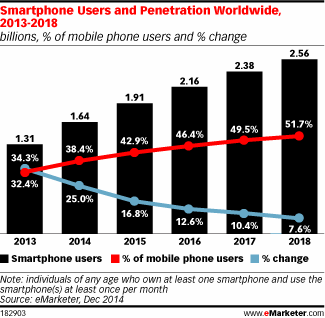
#2. The Number of Cell Phones in the U.S.
Nine in ten people in the U.S. own a cell phone of some kind, according to Pew Internet survey. Smartphones ownership doubled from 2011-2015, 35% to 68%. The younger the age the higher percentage of smartphone ownership. There’s not much of a different for ownership between gender.
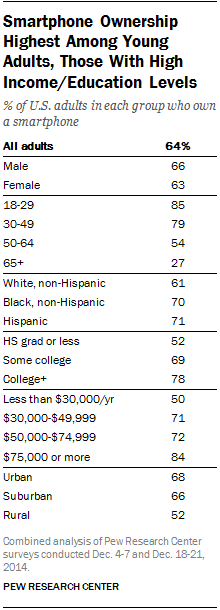
#3. Over Half of Email Opens on Mobile
Litmus has been tracking millions of email for four years since 2011. They found that more than half of emails sent are now open on mobile versus one-fifth on desktop.
Fast forward to 2014, and nearly half of emails are opened on smartphones and tablets—a 500% increase in four years.
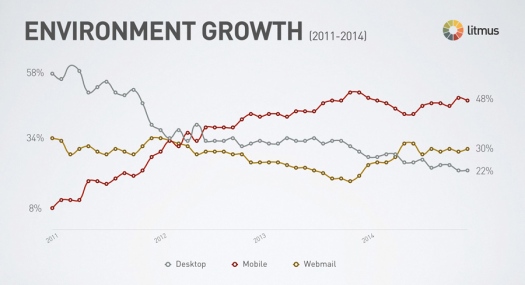
Since iOS represents 45% of the market share, the top three mobile opens are on iPhone (33%), iPad (12%), and Android (10%) respectively.
#4. Time Spent Checking Status Update on Mobile
The device that most people use use to view social networks varies by the type of apps. The top four platforms people use mobile the most – Snapchat, Instagram, Vine and Twitter. Surprisingly, people also use their mobile to check on visual heavy Pinterest.
LinkedIn, however, seems to be the platform that people use desktop more than mobile. Maybe because the platform is being used more for business related.

#5. M-Commerce
Back in 2014, Shopify did a study looking at data of 100,000 e-commerce stores that use their platform. They found that mobile is now accounts for more than 50% of all e-commerce traffic.
The rise in mobile phone traffic to online stores is partly being fuelled by the overall trend of social-fuelled discovery becoming a major marketing channel.
- 82% of smartphone users say they consult their phones on purchases they’re about to make.
- 91% of them turn their phones for ideas in the middle of tasks.
#6. The Smartphone-Dependent Population
This is probably an opportunity to make a make a dent, if and when you focus into building your empire in the small screen market.
The population is quite large. Not only that, there are people outside the U.S. that don’t even own laptops because of costs and this segment of the population is so heavily-dependent on smartphones to access the Internet.
The numbers, according to Pew Internet survey:
- 64% own smartphone
- 10% have no broadband access at home “other than” smartphone data plan
- 15% have limited options for online access “other than” cell phone
- 7% have limited options for online access and no broadband access at home

The question for you.
Knowing these trends, what would you do differently?




